Description
The two giants of Stokesay
Two giants, two young brothers, throwing the key to the treasure in the vaults, across the valley.
Cos they’re lazy. Aren’t they? Giants.
Cos they’re stupid. Giants. There’s only one key.
It lands in the moat, they can’t get any money to go shopping; they have to move back to their mother’s.
If you can find the key, you’ll get past the monster raven and all the treasure will be yours.
It’s a true story.
Real giants.
Salop was full of giants, back in the time of the giants. There are just so many hills for them to sleep under. There are the giants of Brown Clee, Titterston Clee. The giant who made The Wrekin, the giants at Hawkstone Park, the women giants at The Stiperstones, the Giant’s Grave on Stapeley Hill, the giants of Caer Caradoc and the giant Idris Gawr on Cader Idris.
Salop was a great place for giants. There were giant discos and giant markets, giant ice cream vans. There was so much for a young giant to do, places to go, trouble to cause.
These two young giants were very good at collecting treasure, and they gathered lots of riches which glittered or sparkled, odds and sods, bits and bobs, things and thingymajigs and squashed them into their vaults in the castle. Bashing them in, thumping them down, hitting them flat.
Cos they’re fierce. Aren’t they? Giants.
With roars and grunts; screams and shouts; moans and whining pushing and squeezing the door shut. Cos they’re loud. Giants.
Whenever, they needed to put some treasure in to their vaults, they would roar to the other, across the valley. One slept under the old hill fort at Norton Camp, before it was built, obviously.
The other giant slept under the Edge View on the other side of the valley. It’s nice up there.
Throwing the key was such a shortcut and they threw it a long, long, long, long way, for long eons, as they collected lots and lots and lots of treasure. Such a big key was easy to find in the trees if they didn’t catch it and with their monster raven with its sharp eyes, they could spot it easily. But, throwing it up high, really, really, really, really high as well as long became part of the game between the two giants. One day, one giant threw it so high, that it didn’t go long and it eventually came down with a huge, giant, big splash in the moat of the castle, where the monster raven can’t see it.
The giants heard the splash, but didn’t see where the key came down. They searched around and around and around the moat, in floods of tears and tantrums, sobs and sniffs, weeping and wailing.
Cos they’re big babies. Aren’t they? Giants.
Cos they’re hungry. Giants.
They go home to mother for tea and are never heard of again.
The last dragon in Salop
Killed in 1304
Thomas of Walsingham’s history contains, under the year 1344, around 40 years after the events, the following account ‘of a remarkable incident…
In the year 1344, at Bromfield, near Ludlow, a certain Saracen physician came to Earl Warren to ask permission to kill a dragon which had made its den in Bromfield, and was committing great ravages on all the earl’s lands around the Welsh border there. Consent being given, the worm was overcome by the potent spell of an Arab incantation.
Certain words, however, in that strange tongue led to the common belief, which soon spread abroad, that a vast treasure lay hidden in the dragon’s den. So a body of men from the neighbouring county of Hereford armed themselves, and went by night to dig for the hidden hoard, led in their nefarious enterprise by a Lombard named Peter Picard.
Just as they had reached the treasure, the earl’s men fell upon them, overcame them, and cast them into prison. Then the earl took possession of the treasure, which was very great.’
The treasure could have been one of several sorts of archaeological discovery – beaker grave goods, golden torcs, or a coin hoard. It was common practice from Roman times onward to conceal valuables under some landmark when danger threatened.
Ludlow race course is the site of the killing. There, is a bronze age necropolis and around 20 known Neolithic barrows, four of which are around the race course and golf course. Bromfield is also a Roman site.
There are no other tales of dragons in Shropshire, though there are many in neighbouring Gloucestershire, Worcestershire and Cheshire and of course all over Wales.
Thomas Walsingham was an English chronicler.
He was probably educated at St Albans Abbey at St Albans, Hertfordshire, and at Oxford.
He became a monk at St Albans, where he appears to have passed the whole of his monastic life, excepting a period from 1394 to 1396 during which he was prior of Wymondham Abbey, Norfolk, England, another Benedictine house. At St Albans he was in charge of the scriptorium, or writing room, and he died about 1422.
Walsingham is the main authority for the history of England during the reigns of Richard II, Henry IV and Henry V, including the Peasants Revolt rising under Wat Tyler in 1381. He shows considerable animus against John Wycliffe and the Lollards.
Walsingham’s most important work is his Historia Anglicana, covering the period between 1272 and 1422.
Stokesay Castle
Despite its present name, Stokesay was not called a castle before the sixteenth century, and is in fact a fortified manor house. The origins of this Stoke, or “dairy farm”, go back to the Conquest, when the manor was part of the vast holdings in the West of England granted to the family of Lacy. By 1115, it had been regranted to Theodoric de Say, of Sai in Normandy, and Stoke Lacy became Stokesay, but the main construction was undertaken by Laurence of Ludlow, based in Shrewsbury, the richest local wool merchant of his generation, who acquired Stokesay in 1281.
Extensive tree-ring dating of structural timbers shows that virtually all of the present structure was completed before 1291, the date of Edward I’s license to fortify the place, which stands in the Welsh Marches, the western borderland of the Norman domain at that time. The oldest parts of the building are the lower two storeys of the north tower, begun about 1240. The great slate-roofed hall, thirty-four feet high, with four cross-gables, was added in the 1280s and is a very rare survival, having been virtually untouched since; there is no fireplace, just the central open octagonal hearth. The roof’s double collar-beams and curved collar braces rest on masonry corbels in the walling, an early example of innovation in roofing larger buildings. The original wooden staircase round two sides of the walls, giving access to the north tower, also remains to this day. The solar, an upper living room in the cross-wing, which gave a more private space in which to withdraw from the company in the hall, is accessible from an exterior timber stair sheltered by its own roof and contains Elizabethan oak paneling and a sumptuous fireplace. The South Tower has no direct access from any other structure: its use was purely defensive. The castle’s most unusual feature is a timber-framed residence built onto the outside of the walls. The Elizabethan gatehouse, added in the 16th century, is also half-timbered and is decorated with carvings. The interior of the castle contains a selection of rare wall paintings from the medieval period. This gradual development of the structure was achieved under ten successive generations of descendants of Laurence of Ludlow who lived in the building until the reign of Charles I.
During King Charles I reign it came into the ownership of the Craven family and was used as a supply base for the King’s forces in the area, based in strength at nearby Ludlow Castle in the early stages of the English Civil War.
A skirmish took place at the castle during the English Civil War, in which Stokesay was handed over to the Parliamentarians after a short siege without a pitched battle (in which it surely would have been severely damaged).
Stokesay was lived in as a farmhouse and barn until the early 19th century. In 1869 it was purchased by John Darby Allcroft, a Worcester glove manufacturer and Member of Parliament, who recognising the value of the building’s history and architectural features set about restoring and maintaining it while he also had Stokesay Court built nearby. Since 1992 the monument has been in the care of English Heritage.
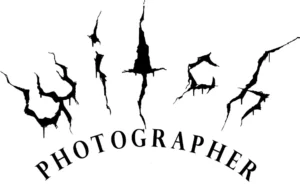
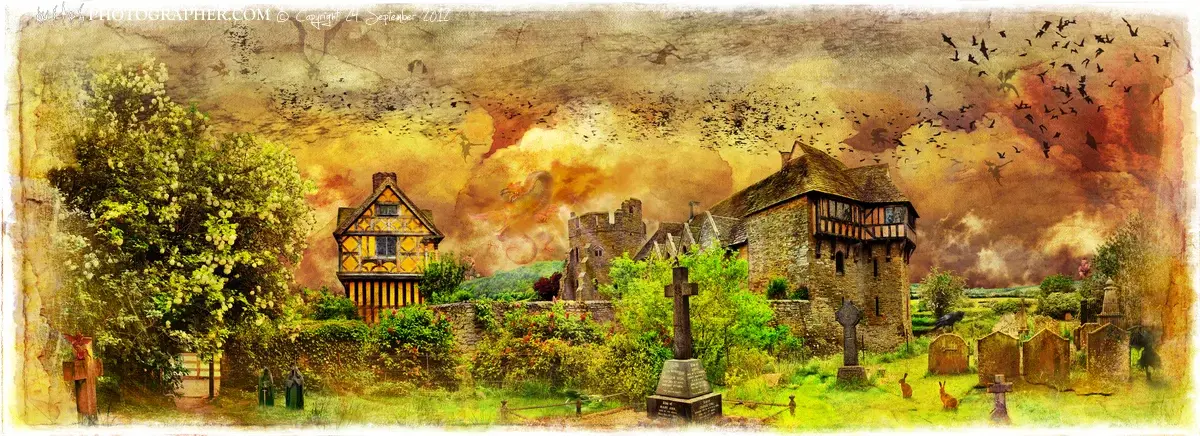
 Click a section to zoom in. These are
Click a section to zoom in. These are 























































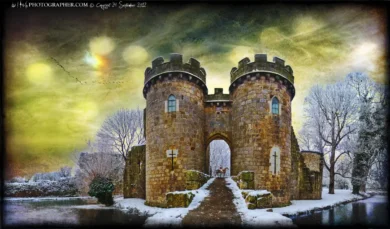
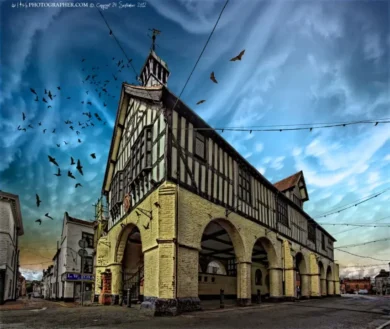

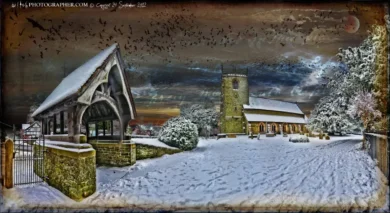
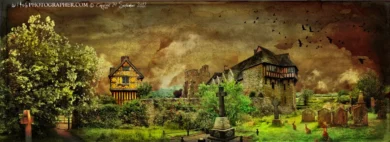
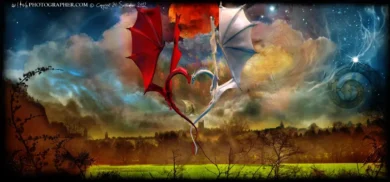

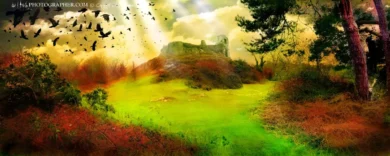
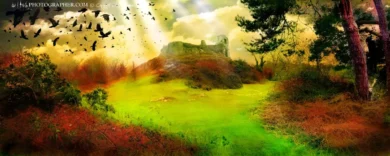
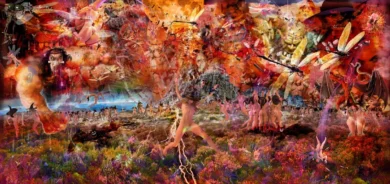

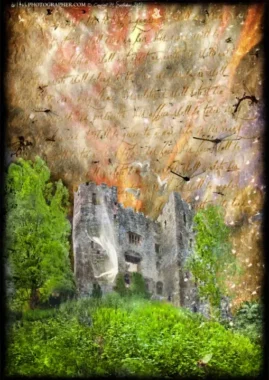
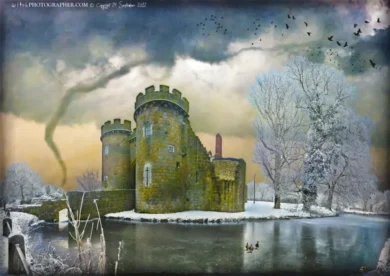
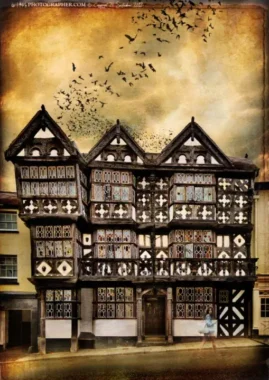
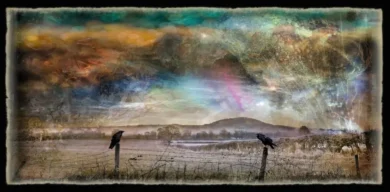
Reviews
There are no reviews yet.